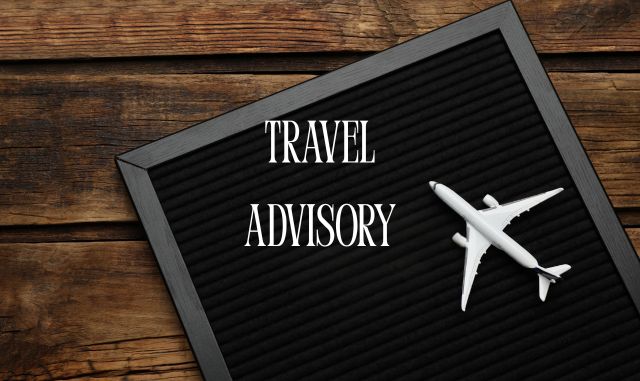The United States has reiterated its Level 2: Exercise Increased Caution travel advisory for India, citing heightened concerns over violent crime and terrorism.
While popular tourist destinations remain accessible, the advisory underscores caution, especially in eastern states like Odisha, where Maoist activity persists in certain pockets.
The advisory urges U.S. citizens to avoid high-risk zones, notably:
- Southern Chhattisgarh and the border regions of Odisha and Andhra Pradesh are affected by Naxalite violence.
- Jammu & Kashmir (excluding Leh and Ladakh), due to the ongoing conflict.
- Manipur, amid continuing ethnic tensions.
- Border areas along India-Pakistan, where military presence and skirmishes persist.
The U.S. Embassy has further advised travellers to stay vigilant at public gathering spots—markets, railway stations, and heritage sites—and avoid travelling alone, especially at night. Women travellers, in particular, have been urged to take additional precautions.
In a move relevant to travellers from the region, the advisory warns that satellite phones and GPS trackers are illegal in India, and e-Visas are not valid at land border crossings, including those with Nepal.
Odisha’s Koraput, Malkangiri, and Rayagada districts, although culturally rich and scenic, fall under the radar due to their proximity to Maoist-affected zones. Tour operators and travel agencies have been encouraged to update itineraries and inform clients accordingly.
U.S. nationals planning to visit India are also urged to enrol in the Smart Traveller Enrollment Program (STEP) and consult the latest India Country Security Report before departure.

